Black Lion Audio introduces the Revolution 6×6 USB-C Audio Interface
The new Revolution 6×6 USB-C audio interface from Black Lion Audio builds on the smaller Revolution 2×2 but adds versatile digital I/O options via S/PDIF and USB.
Black Lion Audio Revolution 6×6
Two years after entering the audio interface market with the Revolution 2×2, Black Lion Audio is expanding the line-up with the Revolution 6×6. Building on the company’s experience in modding other manufacturers’ interfaces, the Revolution 6×6 is designed as a high-quality recording solution with precision components for modern setups and content creators.
At first glance, the front panel of the Revolution 6×6 doesn’t look all that different from its smaller sibling. That’s because the interface’s analog section is quite similar to that of the 2×2. The two analog inputs on the left can take microphone, instrument, or line signals via 1/4”-XLR combo jacks. Phantom power is of course also available. In the center, there’s a large monitor volume knobaccompanied by a level meter and a smaller knob for adjusting the balance between the input and playback signals. You may notice, though, that the Revolution 6×6 features a second headphone output with independent volume control.
A look at the back of the interface reveals that the monitor outputs for connecting your speakers are the only analog line outputs of the Revolution 6×6. So where are the other channels, you may ask? And this is where it gets interesting.
Digital I/O via S/PDIF and USB-C
Instead of additional analog I/O, the Black Lion Audio Revolution 6×6 features digital S/PDIF inputs and outputs. You can use these to connect media players, guitar processors, or synths equipped with digital outputs. In addition to this, the interface features a second USB-C port for connecting an Android or iOS device, enabling you to stream two channels of digital audio directly to and from the device. This points to the fact that the Revolution 6×6 is designed for digital content creation as much as for music production.
Thanks to the digital I/O options, the Black Lion Audio Revolution 6×6 can also be used as a stand-alone AD/DA converter and/or master clock. A new button on the front panel makes it easy to select the desired mode and sample rate.
Speaking of clocking, Black Lion Audio says that the built-in Macro-MMC clock delivers highly accurate clocking with ultra-low jitter for the internal converters and/or external gear via the word clock connectors on the back.
If you’re looking for an interface with a high number of analog inputs and outputs, the new Black Lion Audio Revolution 6×6 probably isn’t the right choice for you. But if you’re running a modern setup incorporating both analog and digital gear as well as mobile devices, the interface’s digital options and stand-alone capabilities are definitely worth a look.
Price and availability
The Revolution 6×6 will be available towards the end of October 2023 with a MAP of USD 549.
More about the Black Lion Audio Revolution 6×6
Video
You are currently viewing a placeholder content from YouTube. To access the actual content, click the button below. Please note that doing so will share data with third-party providers.
2 responses to “Black Lion Audio introduces the Revolution 6×6 USB-C Audio Interface”

 3,7 / 5,0 |
3,7 / 5,0 | 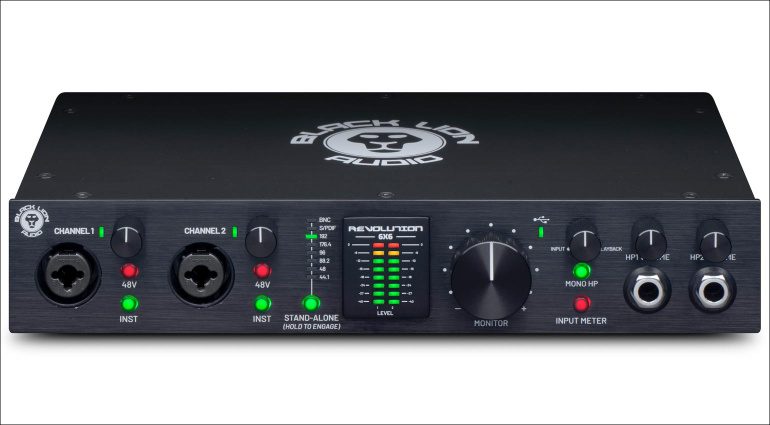

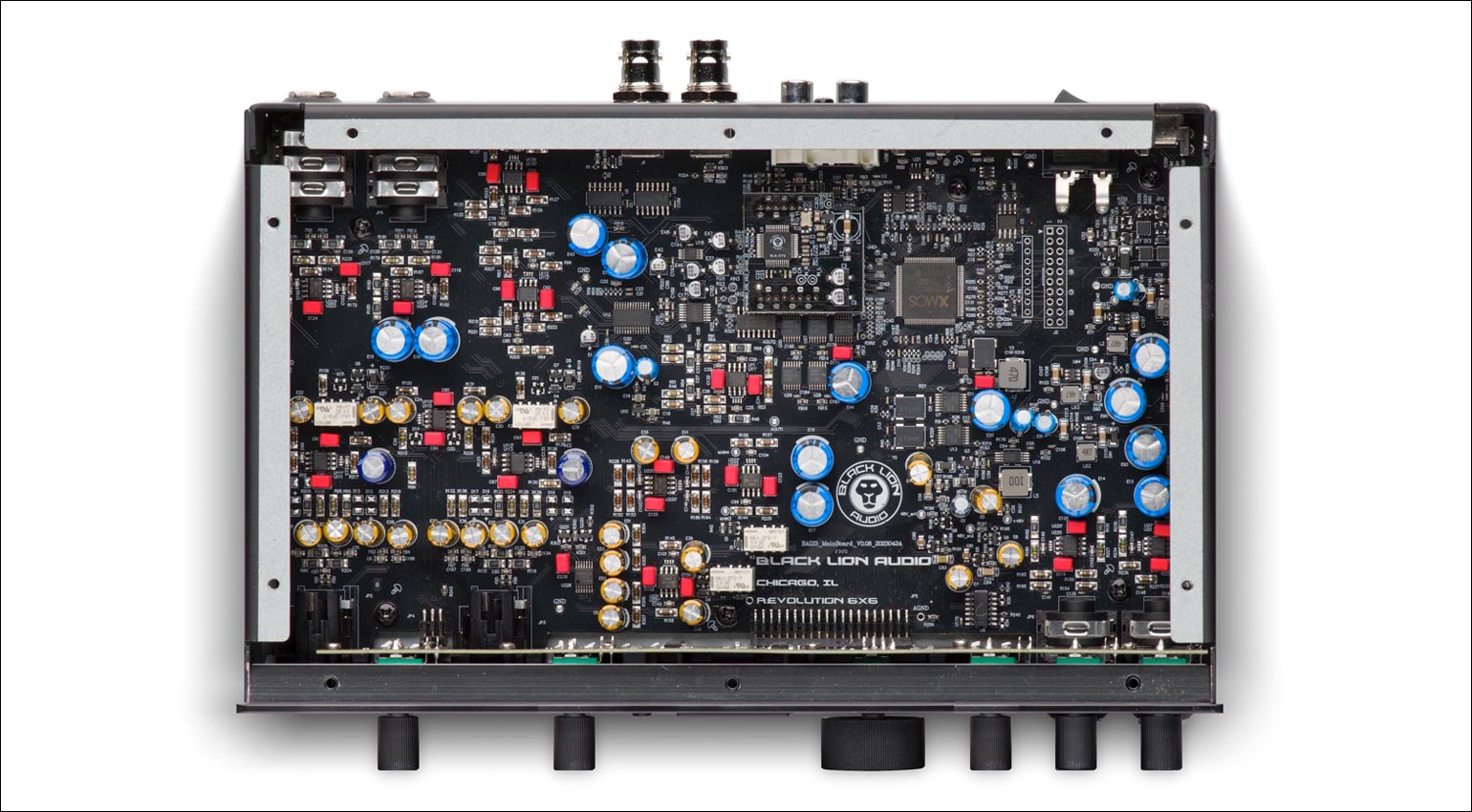

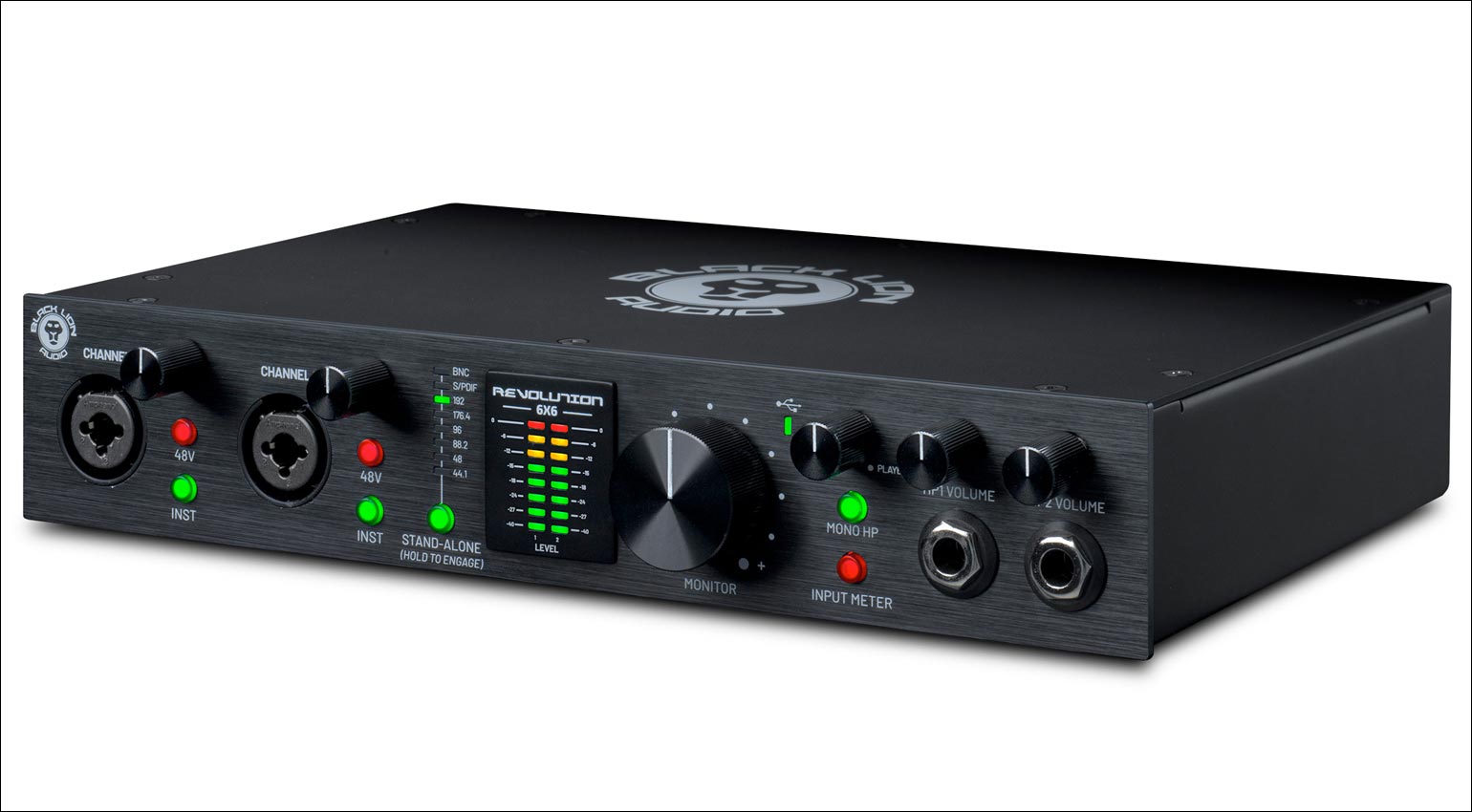
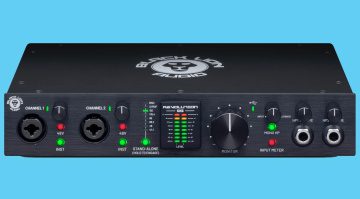

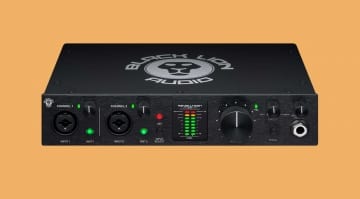
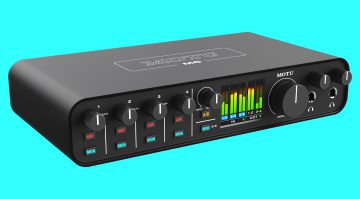
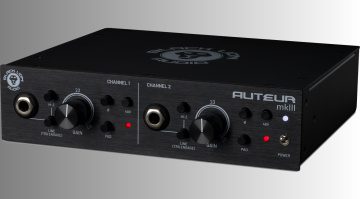
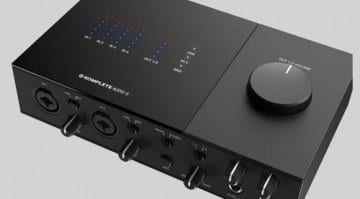
what a stupid product 😀
550eur for 2/2 analog and just little expandability, the dedicated clock section looks absurd with so little I/O. while for the same price you can get something like Audient iD44 which has four times the expandability. Product meant to flop from the start
Welcome to our introductory class : why some products are more expensive than other seemingly equivalent products.
1) parts don’t cost the same price. Preamps and converters for instance have enormous variations in price
see you tomorrow for the next lesson !